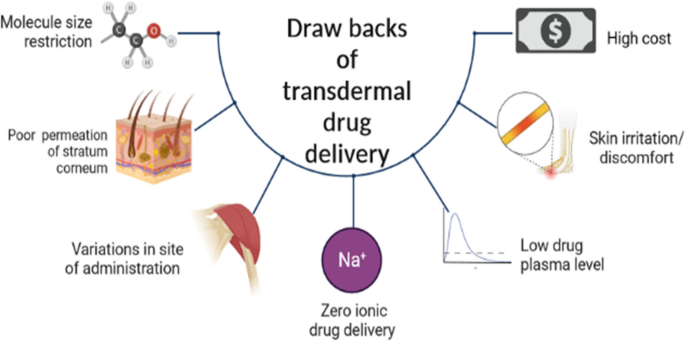In the realm of medical and cosmetic treatments, dermal delivery device play a pivotal role in efficiently administering medications and therapies directly through the skin. These devices have revolutionized treatment approaches, offering advantages such as improved patient compliance, controlled release, and targeted delivery.
1. Transdermal Patches
Transdermal patches are perhaps the most recognizable type of dermal delivery device. They consist of a flexible adhesive backing that adheres to the skin, containing medication that is slowly released over time. These patches are used for systemic drug delivery, allowing medications to bypass the gastrointestinal tract and liver metabolism. Common applications include hormonal patches (e.g., contraceptives, hormone replacement therapy) and nicotine patches for smoking cessation.
2. Microneedle Devices
Microneedle devices utilize tiny needles, typically less than 1 mm in length, to create microchannels in the skin. These devices can be solid (coated with medication that dissolves upon insertion) or hollow (for direct injection into the skin layers). Microneedles enable enhanced transdermal delivery of drugs, vaccines, and cosmetic substances. They are being researched extensively for their potential in painless vaccine administration and targeted drug delivery.
3. Iontophoresis Devices
Iontophoresis involves the use of an electrical current to facilitate the transport of charged molecules through the skin. These devices are particularly effective for delivering ions, such as medications for treating hyperhidrosis (excessive sweating) or delivering local anesthesia. Iontophoresis devices can control the rate and depth of drug delivery, offering a non-invasive alternative to traditional injections.
4. Laser-assisted Delivery Devices
Laser technologies are increasingly used to enhance dermal drug delivery by creating transient pores in the skin (photoporation) or by photothermal effects that improve drug absorption. These devices are employed in aesthetic treatments (e.g., laser-assisted lipolysis) and for delivering topical medications deeper into the skin layers, targeting conditions like skin cancer and dermatological disorders.
5. Thermal Ablation Devices
Thermal ablation devices utilize heat to disrupt the skin barrier temporarily, allowing for enhanced delivery of medications or cosmetic treatments. Techniques such as radiofrequency ablation and high-intensity focused ultrasound (HIFU) are used in dermatology for procedures like skin rejuvenation, scar treatment, and targeted drug delivery.
6. Topical Sprays and Gels
Topical sprays and gels represent another category of dermal delivery devices, offering convenient application of medications and treatments directly onto the skin surface. These formulations are used in wound care, pain management, and cosmetic applications, providing rapid absorption and localized therapy.
Conclusion
Each type of dermal delivery device brings unique advantages and applications to the field of healthcare and cosmetics. From the convenience of transdermal patches to the precision of microneedles and the technological sophistication of laser-assisted devices, these innovations continue to expand treatment options and improve patient outcomes. As research and development in dermal delivery devices advance, the potential for personalized medicine and targeted therapies grows, promising a future where skin-based treatments are safer, more effective, and more accessible than ever before.






